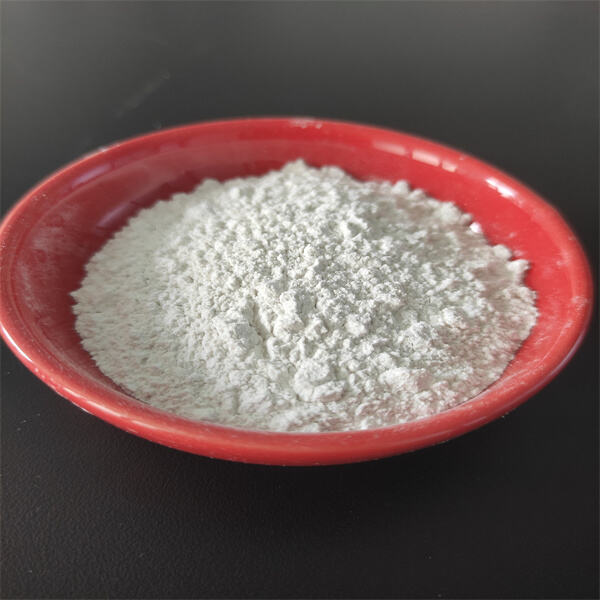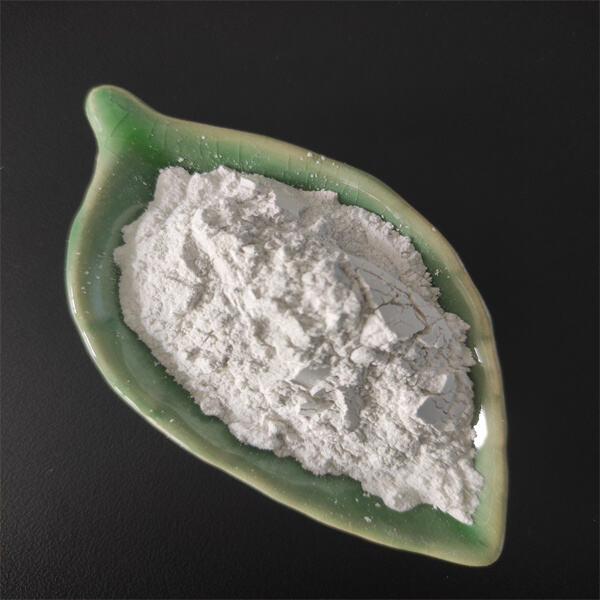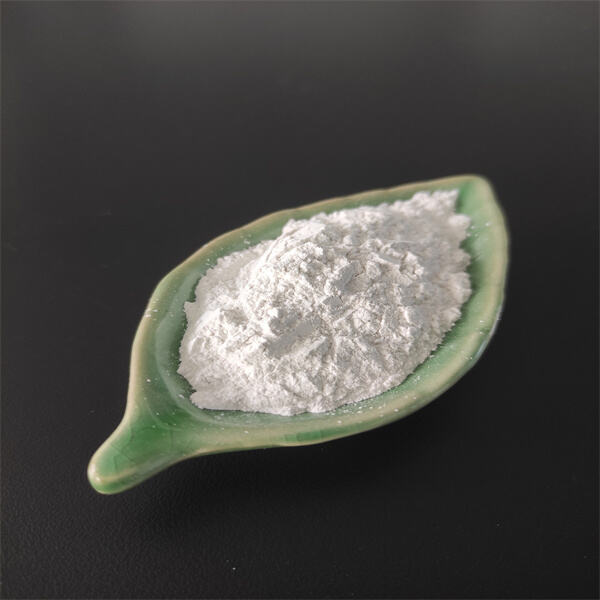Sodium hypochlorite and carbon hypochlorite are a couple of the types of chemicals that assist with cleaning and disinfecting. You can find these chemicals in household cleaning products that they might come into contact with at home or in factories. In this article, we will discuss NaOCl and bleaching powders — how they are used, the advantages and the science behind how they work. We’ll also consider how they stack up in performance when cleaning, and safety guidelines when using them.
I'm rubbing with sodium hypoclorite, a sort of disinfectant and bleaching chemical. You will find it in household bleach, which is used to clean surfaces. Calcium hypochlorite is more powerful as a disinfectant and is commonly used for treating swimming pools to kill bacteria and algae. Both are effective at killing germs, which is key to keeping our world sanitary and healthy.
Sodium and calcium hypochlorite act by liberating chlorine, a potent disinfecting agent. When bacteria come into contact with chlorine it reacts with them and kills them. This action is what helps to prevent the spread of disease and to keep surfaces clean. Understanding how these chemicals work helps us understand why they’re so helpful in breaking down grime.

Sodium and calcium hypochlorite both kill germs, with calcium hypochlorite tending to be more powerful and more durable. That makes it excellent for bigger areas like swimming pools. Sodium hypochlorite is more prevalent in household cleaning products, because it contains less chlorine. Understanding their distinctions helps us pick the right cleaner for our requirements.

Sodium hypochlorite is commonly used in water purification systems to disinfect household drinking water and to kill bacteria, viruses and other harmful micro-organisms. It’s safe and helps clean up our drinking water. Calcium hypochlorite is widely used in water treatment, such as in pools and public water supplies, to maintain disinfection, since it is relatively stable and it leaves no residue. Learning more about how each chemical acts, enables us to see their value in water treatment.

Sodium hypochlorite and calcium hypochlorite are both great at cleaning, but if they’re not used properly, they can also be unsafe. Further, you need to adhere to safety precautions when dealing with these chemicals. This will involve the use of gloves and goggles. And, as with any good, keep these away from children and pets in a cool, dry place. Understanding the dangers allows us to use them safely.